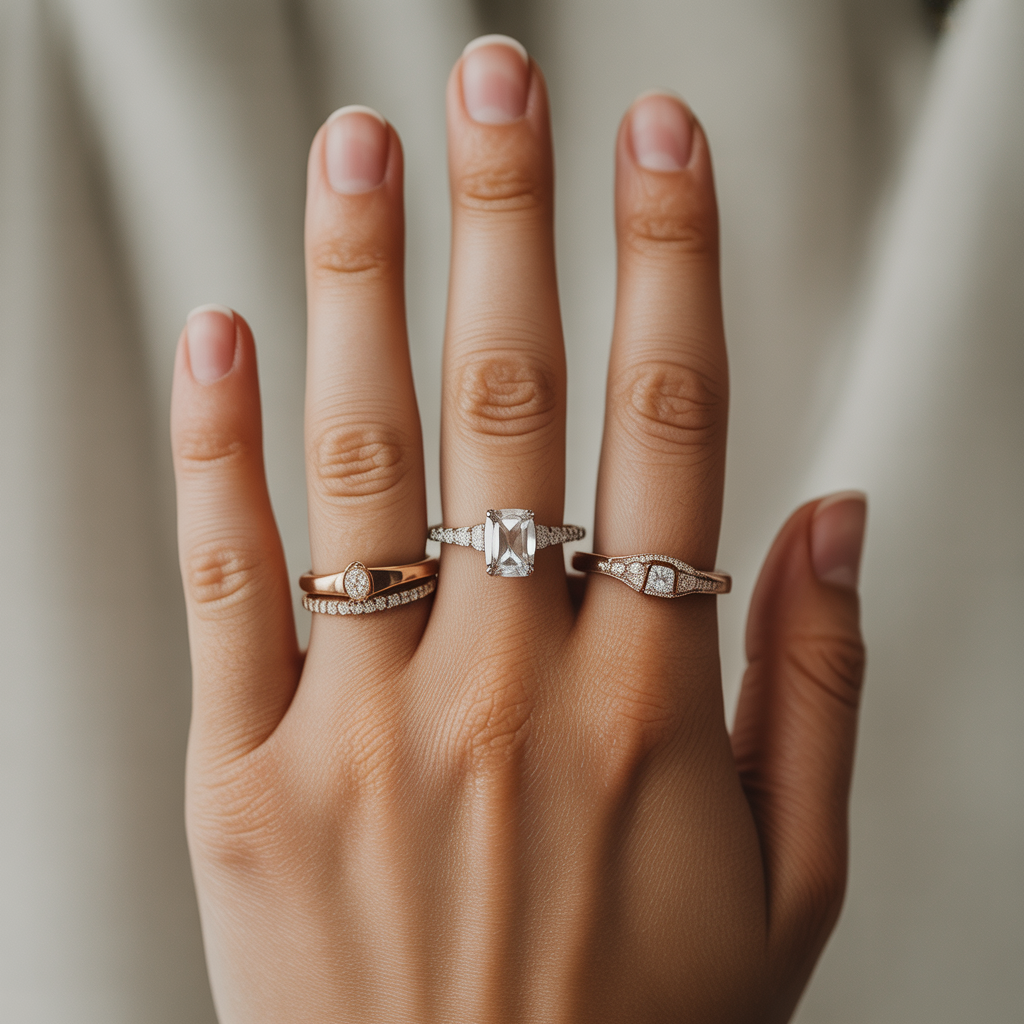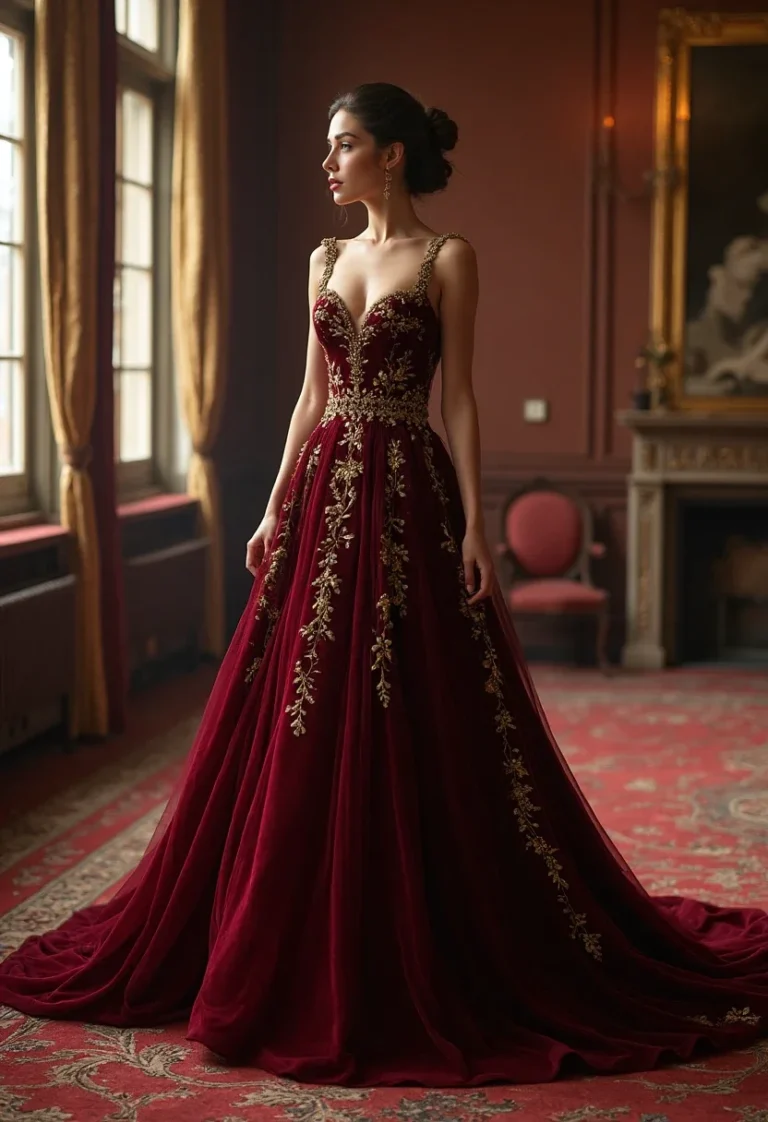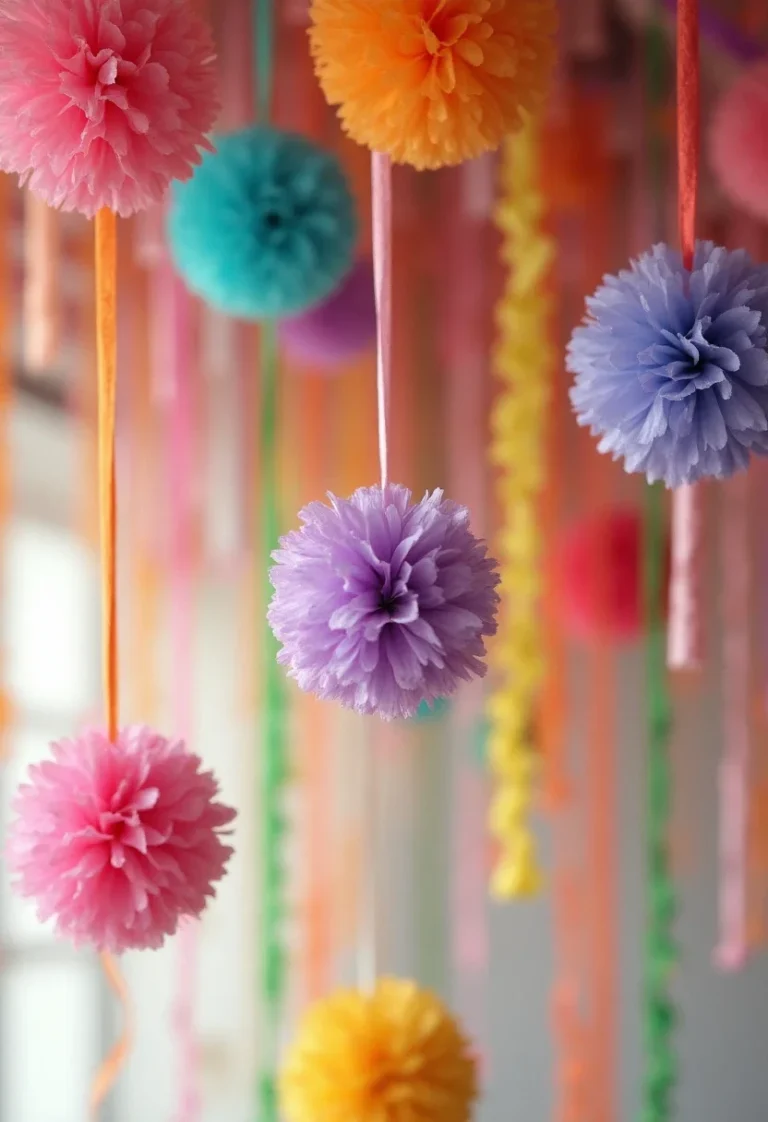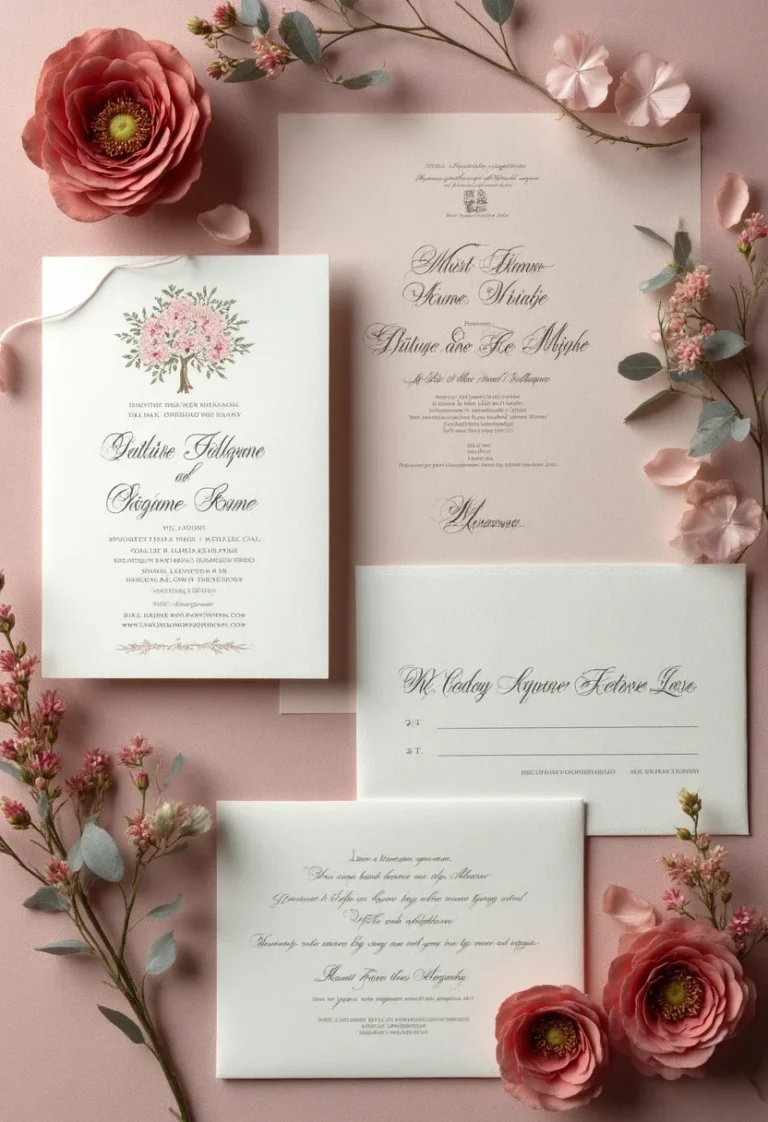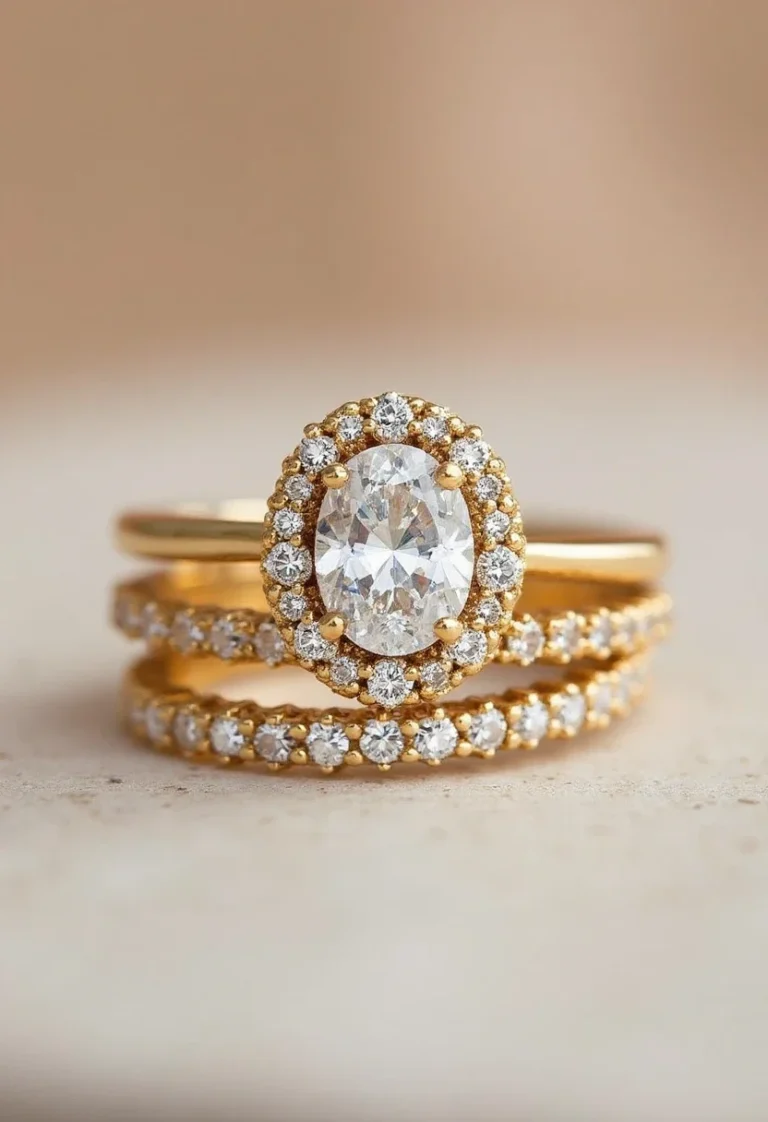Which Finger Does a Wedding Ring Go On?
Introduction
The tradition of wearing a wedding ring is rich with cultural significance and historical roots. While many people associate the ring with the fourth finger of the left hand, this custom is not universal. Different cultures have their own beliefs about which finger is appropriate for a wedding ring, often reflecting deeper meanings about love and commitment.
This article explores the various customs surrounding the placement of wedding rings, examining definitions, key concepts, examples, pros and cons, and future trends. Understanding these nuances can enhance the appreciation of this cherished symbol of marriage.
Definitions
A wedding ring, often called a wedding band, is a circular piece of jewelry exchanged between partners during a marriage ceremony. It signifies commitment, love, and the bond shared between spouses. The finger on which the ring is worn varies by culture and tradition.
The term ‘ring finger’ typically refers to the fourth finger of the hand. In many Western cultures, this finger is believed to have a vein, known as the ‘vena amoris,’ that directly connects to the heart, symbolizing love and emotional connection. However, interpretations of the ring finger can differ significantly across different societies.
Key Concepts
Understanding the significance of the finger on which a wedding ring is worn involves exploring various cultural contexts. In many Western countries, including the United States and Canada, the tradition is to wear the wedding ring on the left hand’s ring finger. This practice is often tied to the belief in the ‘vena amoris.’
In contrast, several Eastern European and Asian cultures prefer the right hand for this purpose. For example, in countries like Russia and Greece, couples wear their wedding rings on the right hand, signifying different cultural values regarding marriage and commitment.
Additionally, some cultures have specific rituals related to the exchange of rings. For instance, in Indian wedding customs, a mangalsutra is worn around the neck instead of a ring, highlighting the diversity of marriage symbols globally. This variety illustrates the deep-rooted traditions that influence how people express their marital status.
Examples
To illustrate the differences in wedding ring customs, consider the following examples. In the United States, couples typically choose gold or platinum bands, often engraved with personal messages. The rings are exchanged during the wedding ceremony, symbolizing their vows.
Conversely, in India, the exchange of rings is just one part of a multifaceted ceremony that may include the wearing of bangles or other jewelry, representing the bride’s marital status. In some cultures, the design of the ring itself can carry significant meaning, such as the use of specific gemstones that symbolize love, fidelity, or protection.
Pros and Cons
Wearing a wedding ring on a particular finger can have various advantages. For instance, adhering to cultural norms can enhance a couple’s connection to their heritage and shared values. It fosters a sense of belonging within a community and reinforces the significance of marriage.
However, there are also potential drawbacks. For example, the pressure to conform to a specific tradition may not resonate with everyone. Some individuals may feel more comfortable wearing their rings on their right hand, or even forgoing them altogether due to personal preferences or lifestyle choices.
Case Study
A fascinating case study involves the changing trends in wedding ring placements among younger generations. Many millennials and Gen Z couples are embracing non-traditional approaches, such as wearing matching rings on their right hands or adopting alternative symbols of commitment.
This shift reflects broader societal changes, including increasing acceptance of diverse relationships and a move away from conventional gender roles. As these trends continue to evolve, they challenge long-standing traditions and redefine what it means to be married.
Future Trends
Looking ahead, wedding ring customs are likely to continue evolving. As globalization increases, cross-cultural influences will shape how couples approach ring placement and design. We may see more blended traditions as couples from different backgrounds unite and create their unique customs.
Additionally, the rise of sustainable and ethical jewelry is influencing choices in wedding rings. Couples are increasingly seeking rings made from recycled materials or ethically sourced gemstones, reflecting a growing awareness of environmental and social issues.
Conclusion
The question of which finger a wedding ring should go on is more than a simple inquiry; it encompasses a rich tapestry of cultural traditions, personal beliefs, and evolving practices. As society continues to progress, the meanings behind wedding rings will undoubtedly adapt, offering couples the opportunity to express their love in ways that resonate with their values and identities.

